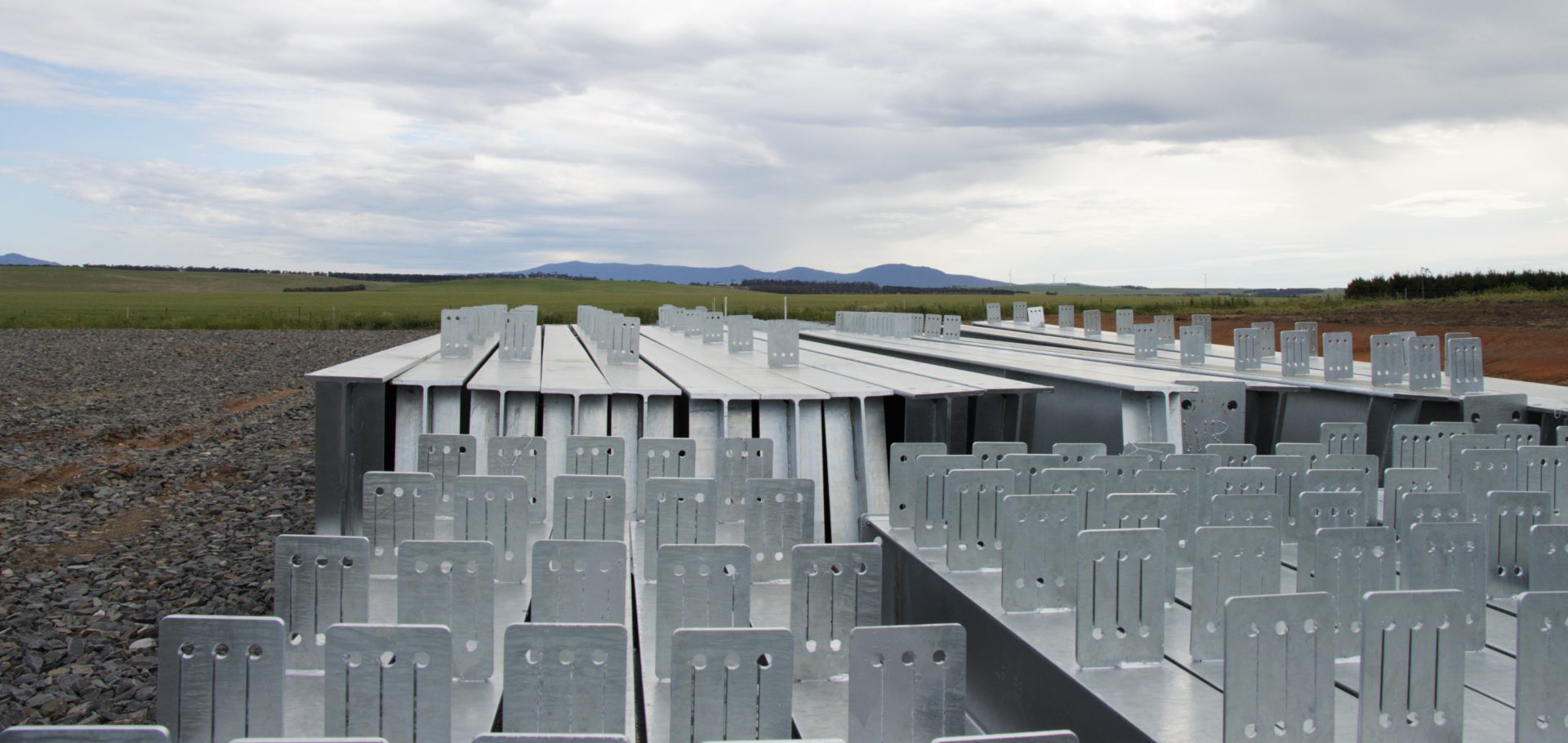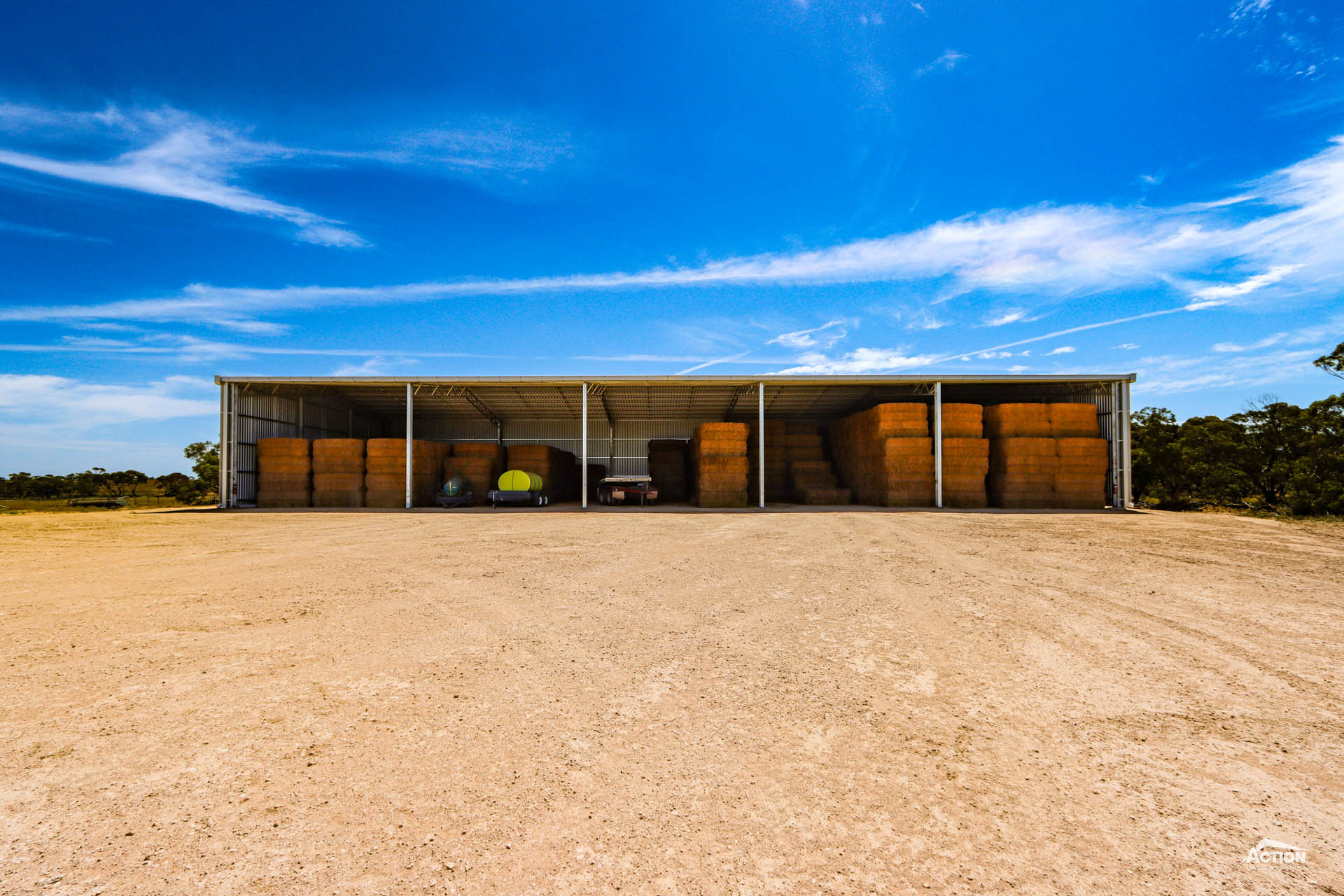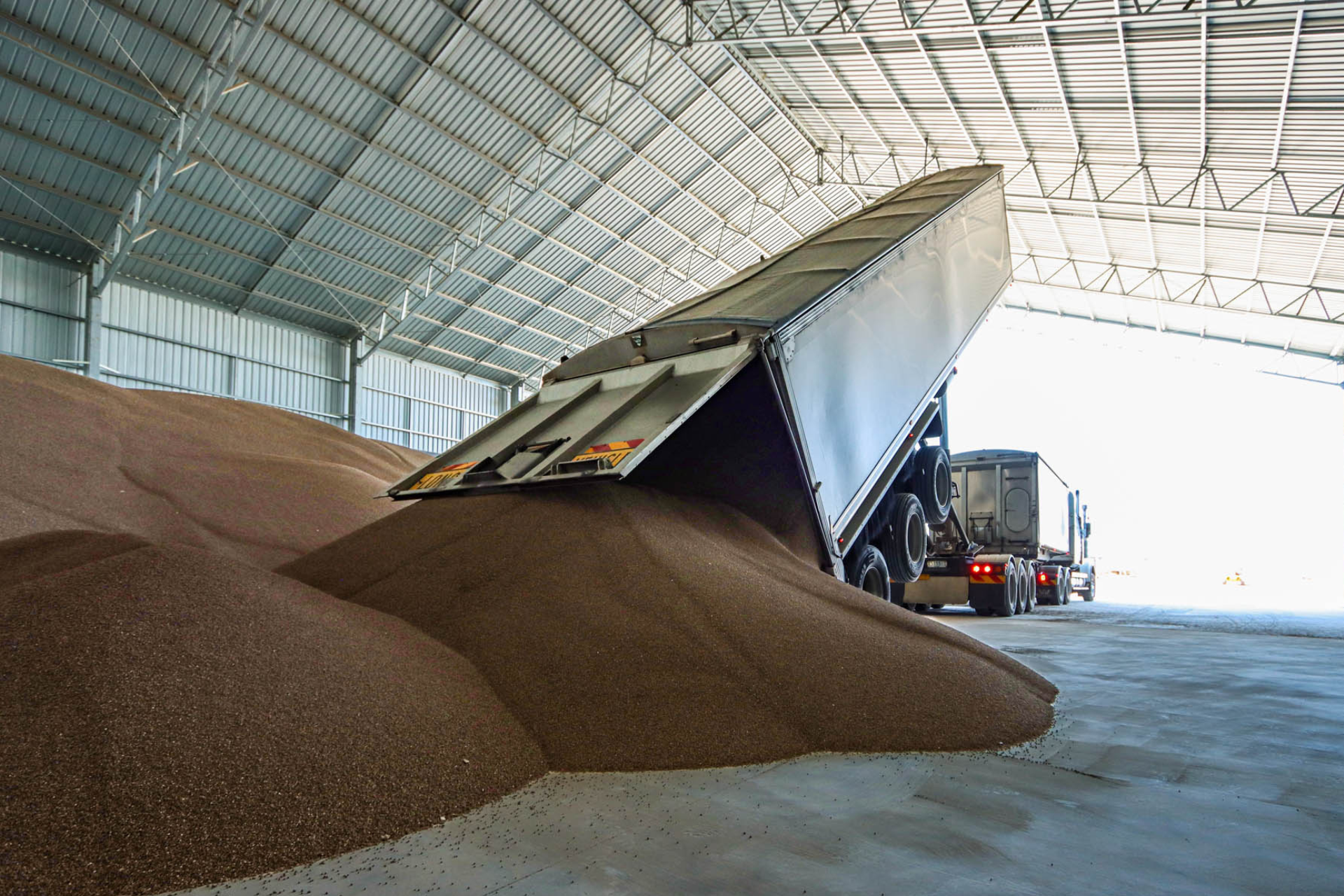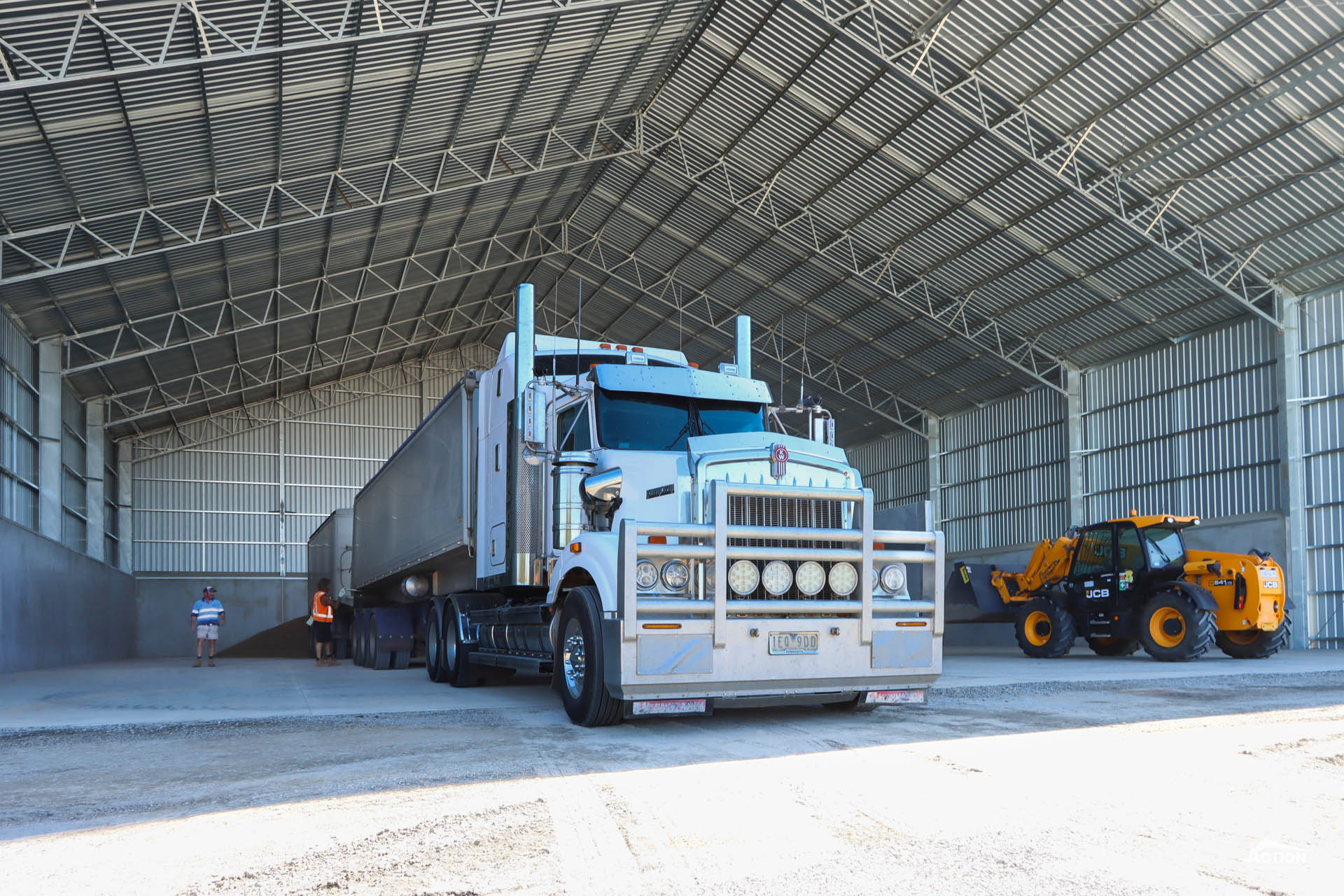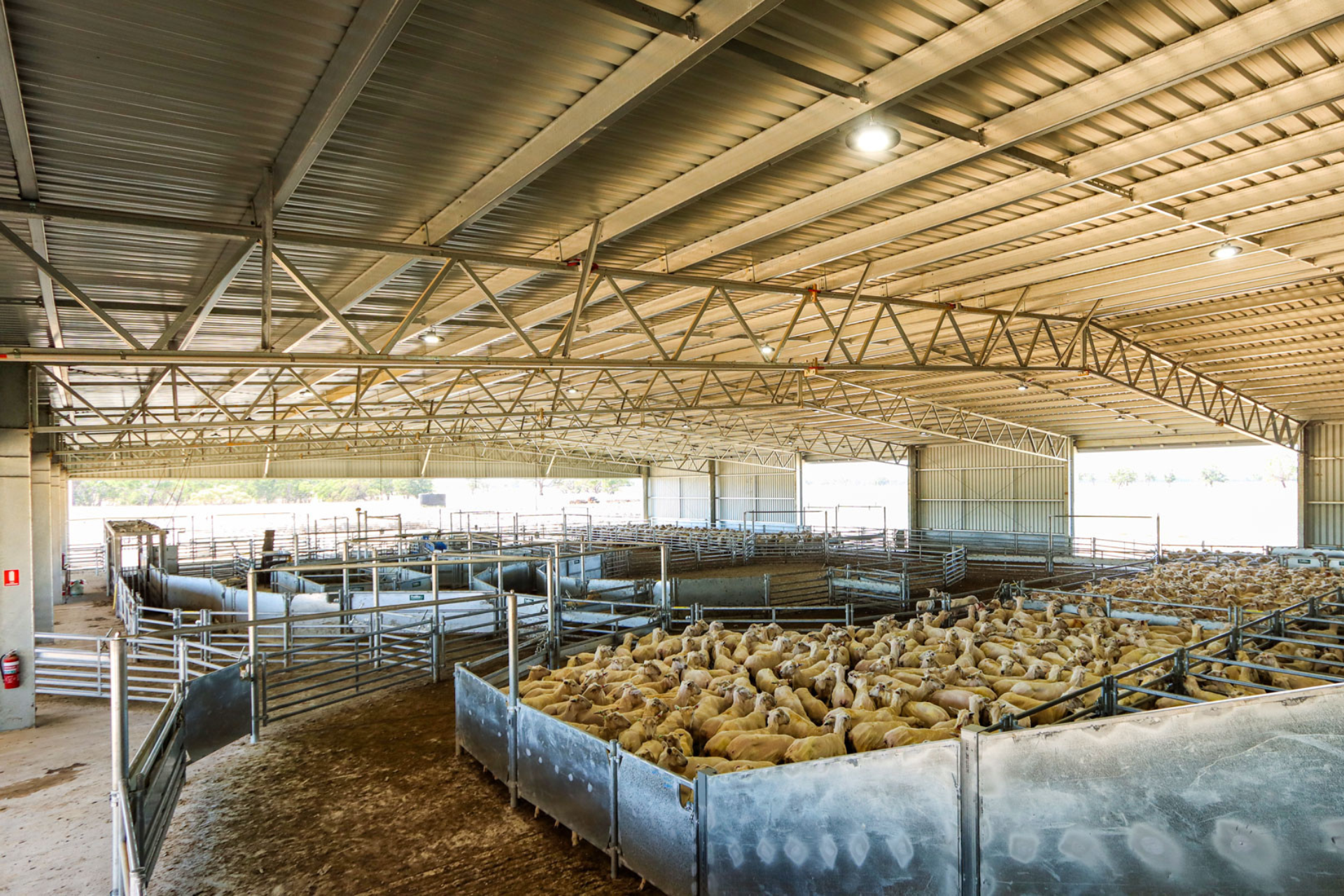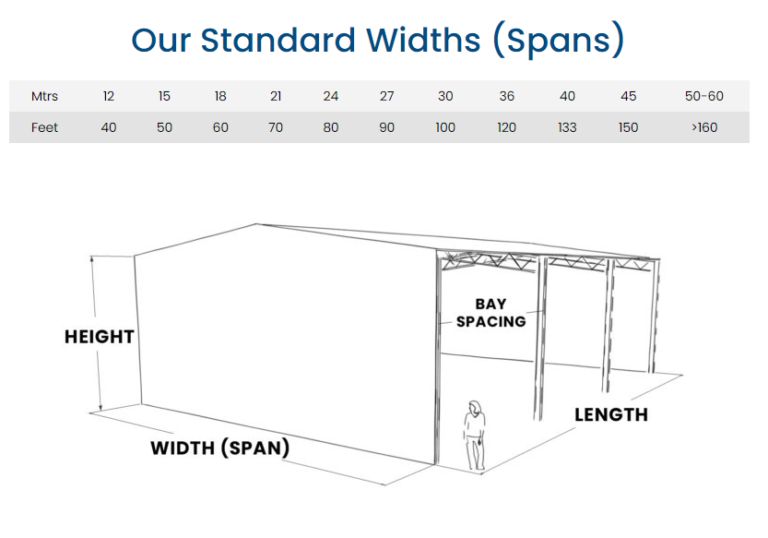There are two types of galvanising – ‘batch hot-dip galvanizing’ and ‘pre-gal.’ Batch hot-dip galvanizing is generally referred to as hot-dip galvanising or simply HDG. So, what’s the difference between Pre-Gal And Hot-Dip Galvanizing? Read on!
What is pre-gal?
Pre-gal, also known as ‘in-line’, ‘continuous’ or ‘mill’ galvanizing, is the galvanizing of steel products such as sheets using an automated process before they have been cut to size and processed. Examples of this includes products such as Duragal (formerly known as SupaGal) by One Steel.
What is hot-dip galvanizing?
The Hot-dip galvanizing process involves immersing completed steelwork in a bath of molten (830 F), at least 98%, zinc.
The steel is lowered into the bath at an angle that allows air to escape from tubular shapes or other pockets, and the zinc to flow into, over, and through the entire section. While immersed in the bath, the iron in the steel metallurgically reacts with the zinc to form a series of zinc-iron layers and an outer layer of pure zinc.
This method of galvanizing provides the ultimate corrosion protection for steel.
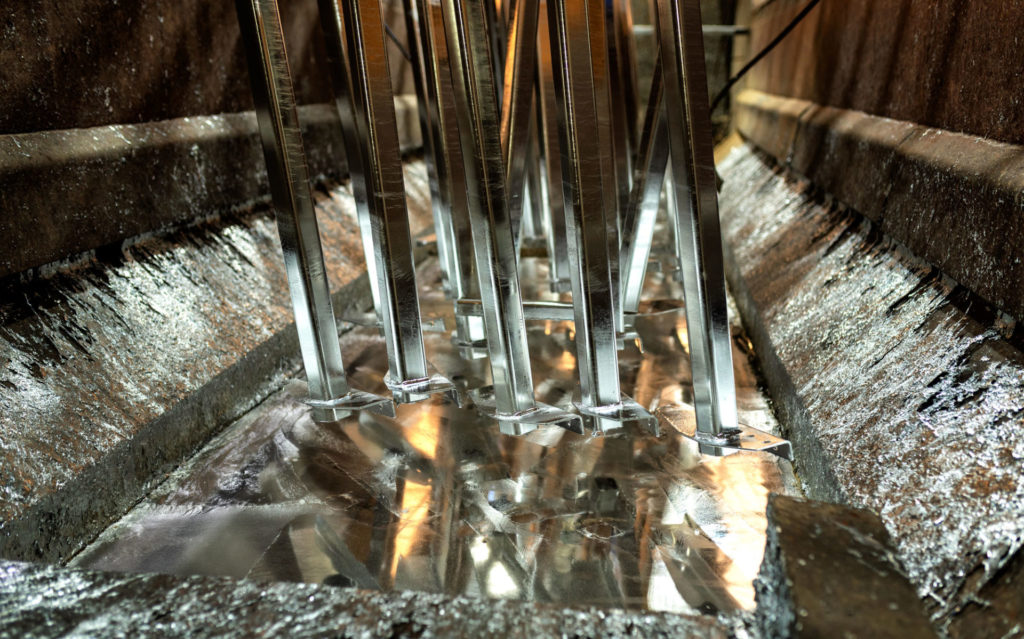
Why is hot-dip galvanizing better?
While pre-gal has it’s uses, it does not withstand the corrosive conditions in high-moisture environments such as in a dairy or a hay shed.
So, why else do we hot-dip galvanize our sheds?
Hot-dip galvanizing achieves a uniform and complete coverage in two ways:
1. When in the zinc bath a diffusion reaction occurs and “the zinc-iron alloy layers grow perpendicular to all surfaces, ensuring edges, corners, and threads have coating equal to or greater than flat surfaces.” So, in other words, points most vulnerable to corrosion are protected just as well as the flat areas of the steel.
While a hot-dip coating is slightly thicker on corners and narrow edges, coatings such as pre-gal tend to thin out in these critical spots. This is because “either an air knife or mechanical wiper is used to remove excess zinc.”
2. Is coated in accordance to Australian Standard AS/NZS 4680 which means that the steel being hot-dip galvanized is a finished product. As the finished product is totally immersed in the molten zinc, all interior surfaces and even the most difficult to access recesses, are coated “…with no uncoated area being present. The thick coating formed also offers the highest level of corrosion protection available.”
By comparison pre-gal products are coated in accordance to AS/NZS 4792 and “these products are not normally used in corrosive environments beyond C3 without a paint topcoat due to limited durability.” Because the pre-gal product is cut, welded, punched and drilled after being coated, bare edges are exposed to corrosion.
This is why pre-gal product should be avoided in dairies, hay sheds, yard covers and any sheds in coastal areas.
A hot-dip galvanized coating is abrasion resistant.
There are four layers that form on a hot-dip galvanized article “three of which are alloys of zinc and iron”:
- The Gamma alloy layer
- The Delta alloy layer
- The Zeta alloy layer
These alloy layers end up harder than the base steel and rather than just being a surface coating, metallurgically bond to the steel, “becoming an integral part of the steel” itself.
The fourth layer is the pure zinc outer layer which is the only layer that is softer than the steel. The combination of these four layers means the coating will stand up to abrasion and force during transport, construction and erection.
On the other hand, the 100% pure zinc coating of a pre-gal product has minimal alloy layers meaning it can be susceptible to abrasive damage.
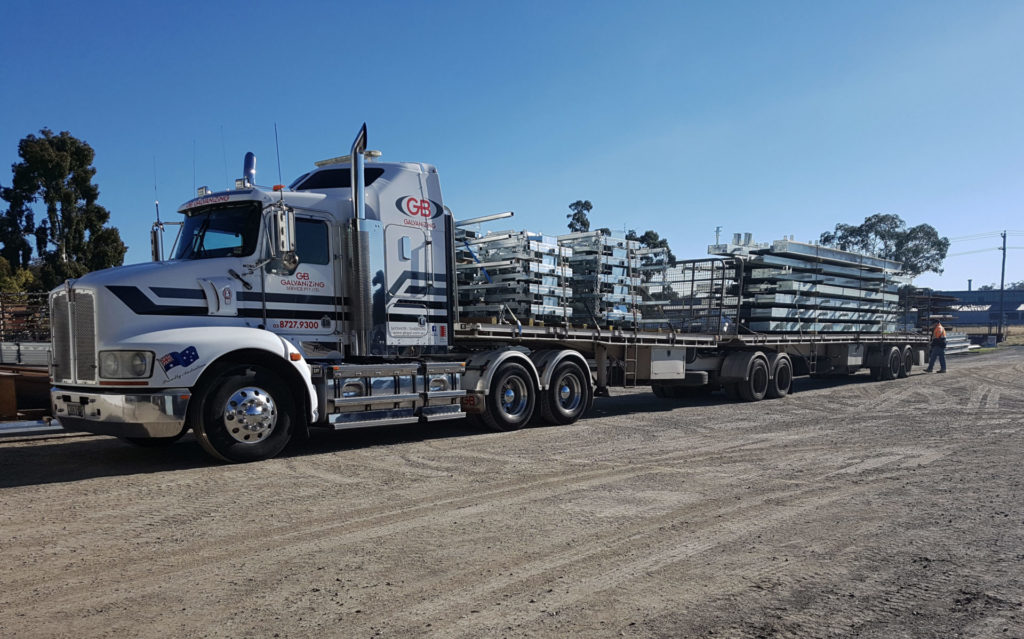
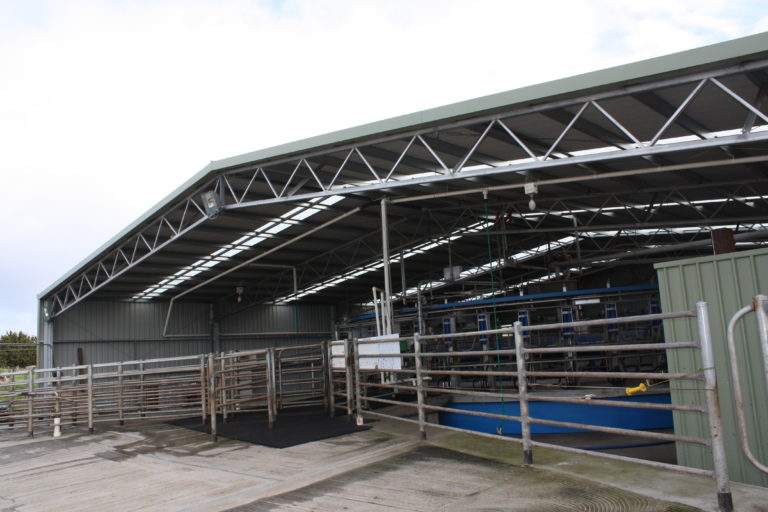
A hot-dip galvanized coating provides cathodic protection.
As we outline in our guide, hot-dip galvanizing protects steel in three main ways, but perhaps the most notable way is by acting as a sacrificial coating;
Hot-dip galvanized coating thickness provides barrier protection
One of the three main ways hot-dip galvanizing protects steel is ‘barrier protection.’ Barrier protection occurs due to the simple fact that zinc metal is so dense that no electrolytes such as rainwater can penetrate the coating, meaning the base steel will not corrode.
As shown in the graph here from Galvanizers Association of Australia, the typical coating thickness of hot dip galvanizing is significantly more than that of Pre-Gal (in-line galvanizing) and “in most cases the thickness of the coating is proportional to the durability.”
It is worth noting that “in-line galvanized articles always produce thinner coatings than batch hot dip galvanizing for the same steel thickness and therefore offer less corrosion protection when exposed to the same environment.”
To learn more about hot-dip galvanizing, we recommend reading our ultimate guide to hot-dip galvanizing and checking out our video below on the topic.
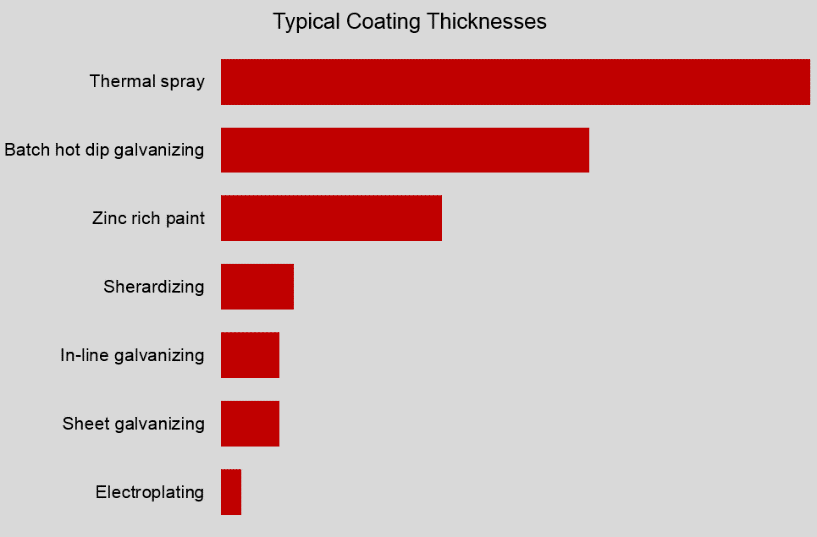
Your Trusted Farm Shed Supplier
At Action Steel we hot-dip galvanize both the columns and trusses on every one of our sheds, from hay sheds to shearing sheds. This means they are manufactured in our workshop before being coated and protected from corrosion by being fully immersed in the bath of molten zinc.
We hope this article helps explain the difference between pre-gal and hot-dip galvanizing. Remember, that while pre-gal has its uses, the best corrosion protection for the steel on your shed project is a hot-dip galvanised zinc coatings.
For more useful articles, browse our Learning Hub or call 1800 68 78 88 to learn more about our farm sheds.

